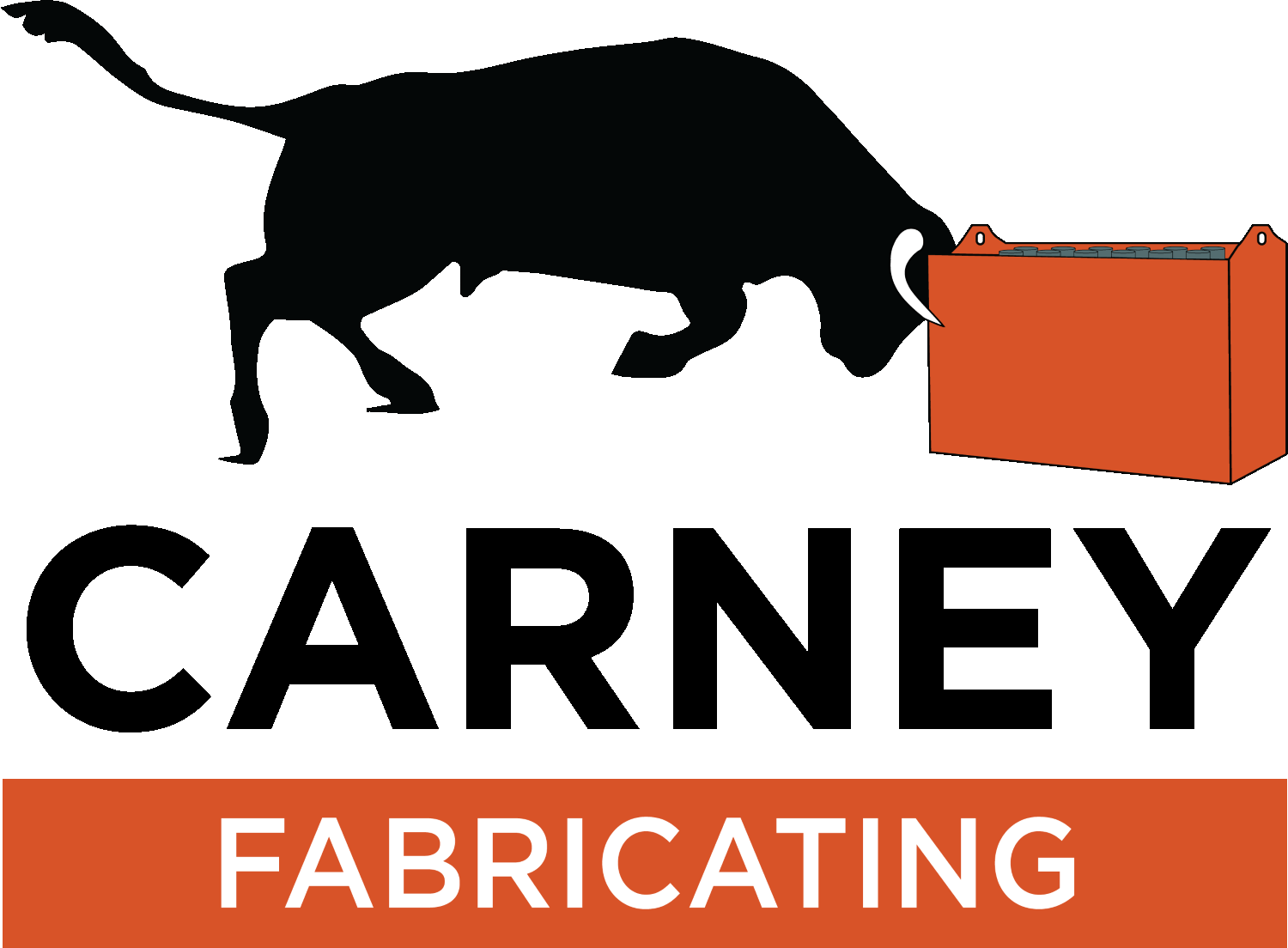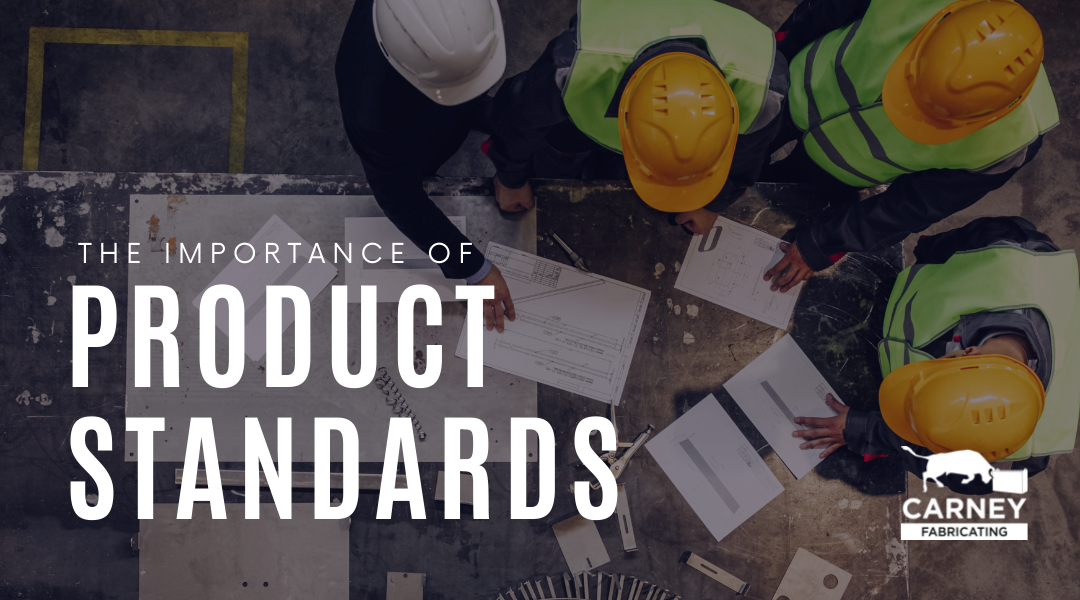Product Standards have been in place for over a century and have shaped the landscape in producing various types of material handling equipment. This article is an overview of the importance of product standards when designing, manufacturing, and supplying different forklift attachments and lifting equipment.
Why are standards important?
In short, standards are essential to ensure that performance, quality, durability, and safety are the primary elements in providing reliable and compliant products. Standards are crucial, a consensus amongst experts, mechanical engineers, and consultants that represent various equipment manufacturing companies. These professionals meet at different times throughout the year via online meetings and conferences to discuss and agree on standards.
This consensus assures equipment users to discuss safety measures that equipment must meet, and the members share the collective responsibility in setting these standards. During the committee meetings, members agree, vote, update and publish them for the entire industry to allow access for the public and government officials. Government officials and regulatory agencies can adopt certain elements or refer to the standards when needed. Depending on the regional regulations, product standards written within a rule can become law.
Standards also ensure that overseas imported products from developing countries are kept honest from an engineering design and safety basis and define base raw materials from a quality perspective. After all, quality is a result of proper engineering and maintaining safe product designs.
Standards also build ethics; responsibilities of manufacturers are always kept in the forefront and ensure end-users using the equipment know who the manufacturer is and be able to communicate and raise any questions or concerns. In other words, standards build accountability. Quality and safety have a direct correlation, and standards ensure focus for both. Making them essential to maintaining accountability with all manufacturers and meeting customers’ and end-users expectations.
Who helps create product standards?
Typically, CEO’s, engineers, and safety specialists partake in creating standards, including in industries like construction, material handling, health care, electrical authorities, environmental-clean energy, natural resources, Oil & Gas, mining, transportation, infrastructure, to name a few. Today members have also included thousands of mechanical engineers representing engineering professionals currently representing Canada, the United States, and Mexico.
Who benefits from the use of standards?
Everyone! All business owners, employees, and customers benefit from complied standards. Innovators, builders, workers, and consumers have all benefited from the introduction of product standards. Voices are heard from these groups to ensure safety. Consumers or end-users should consider reviewing or retaining standard documents if they purchase, own, operate, and maintain material handling equipment, especially if an end-user is a representative or manager of Health & Safety. Manufacturers benefit by ensuring product quality and their customers gain confidence in their products as they live up to their expectations, excluding variables such as abuse.
“Health expectancy and life expectancy for people around the world has been enhanced with the introduction to standards.”
David Weinstein, President, and CEO of CSA Group
What type of standards are there, and how are they used?
ASME – American Society of Mechanical Engineers has been in place since 1880 and has maintained up-to-date standards for 140 years. The inception resulted from the industrial revolution and emerging technologies which created an unsafe work environment filled with injuries and deaths. One example was within the boiler and pressure vessel industry, when increases in fatalities were considered unacceptable in the 19th century. Essentially ASME is considered one of the founders for establishing best practices in North America. A list of ASME B30 standards for Material Handling and Lifting Equipment can be found here: https://www.asme.org/
The Canadian Standards (CSA) Institute and Underwriters Laboratories (UL) are unique because they follow best practices and serve as a testing authority for defining products suitable for consumers. They also cover the electrical jurisdiction to ensure that products will not cause hazardous situations. Electrical appliances regulations may mandate products equipped with a CSA, UL, or C/UL type stamp affixed to the product.
CE or conformité européenne handle all imported products into European markets which must have the CE mark for compliance with European health, safety, and environmental protection standards. For example, CE standards used in material handling are the minimum allowable design factors for engineered products & electrical standards. Not to be confused with the same fonts used from products originating from China with the same symbols.
ANSI/ITSDF – American National Standards Institute collaboration with Industrial Truck Standards Development Foundation. Currently, this organization serves as the manufacturing, health, and safety best practices and attachments for forklift or truck-type machines. For example, the B56.1 standard serves as safety guidelines for the safety, maintenance, rated capacities, and the use of fork truck attachments for industrial trucks.
ASTM International, formerly known as the American Society for Testing and Materials, is an international standards organization that develops and publishes voluntary consensus technical standards for a wide range of materials, products, systems, and services. Some 12,575 ASTM voluntary consensus standards operate globally. Membership is available to anyone with interests and activities.
ISO – International Standards Organization is another global standards organization based in Geneva, Switzerland, and comprises 165 member countries offering 23,987 standards since 1947 and is currently the world’s largest in voluntary consensus-based international standards. Various industries cover everything from manufactured products and technology to food safety, agriculture, and healthcare.
FEM (Fédération Européenne de la Manutention) has represented European manufacturers of materials handling, lifting, and storage equipment since its inception in 1953. FEM is a non-profit trade association (AISBL under Belgian law) permanently based in Brussels to represent better its members and their interests vis-à-vis the European institutions and European partners.
FEM currently consists of 13 members from the EU and the UK, Russia, and Turkey. They are the driving forces in promoting a shared vision for FEM industries and maintaining the European materials handling, lifting, and storage industry’s leader on the world market. The European industry has an annual turnover of nearly 62 billion euros (2015). FEM represents more than 1,000 companies with about 160,000 employees, covering around 80% of eligible European companies. It thus accounts for more than half of the world’s total production.
A typical FEM standard is related to crane and hoists duty classifications that reference hoists made in Europe and imported into the North American market.
When and how are standards used?
- Standards are prevalent in the research and product development processes for manufacturers.
- Manufacturers can use it for quality control, testing, and corrective action, for continuous improvements.
- Government agencies and regulatory bodies can use it to investigate accidents.
Where can you acquire these standards?
Many of these standards are offered in hard copy, electronic pdf copies. You may acquire specific criteria in bundled documents online from the standards organizations provided in this article.

